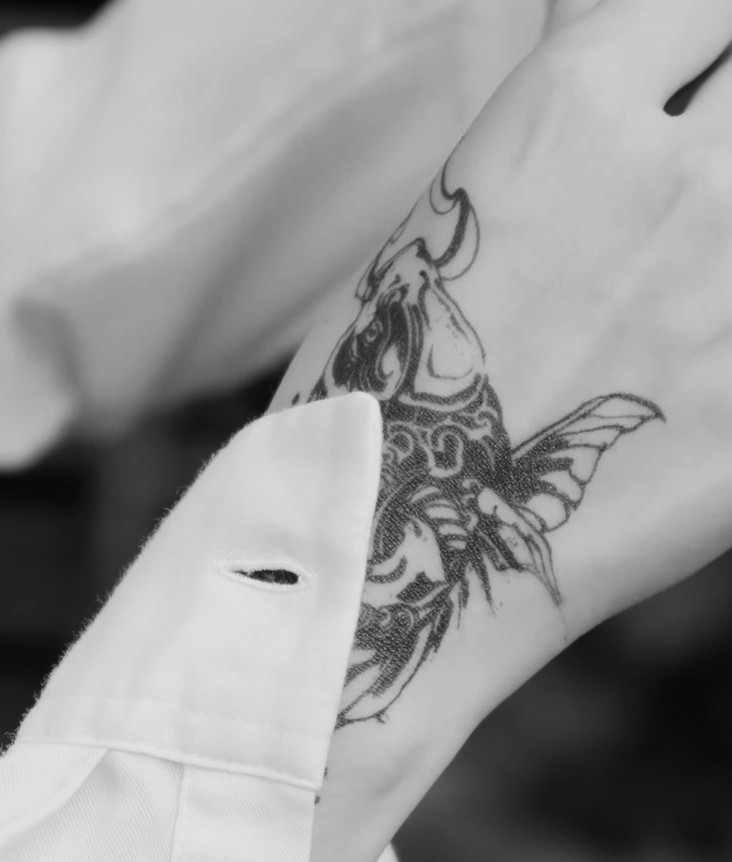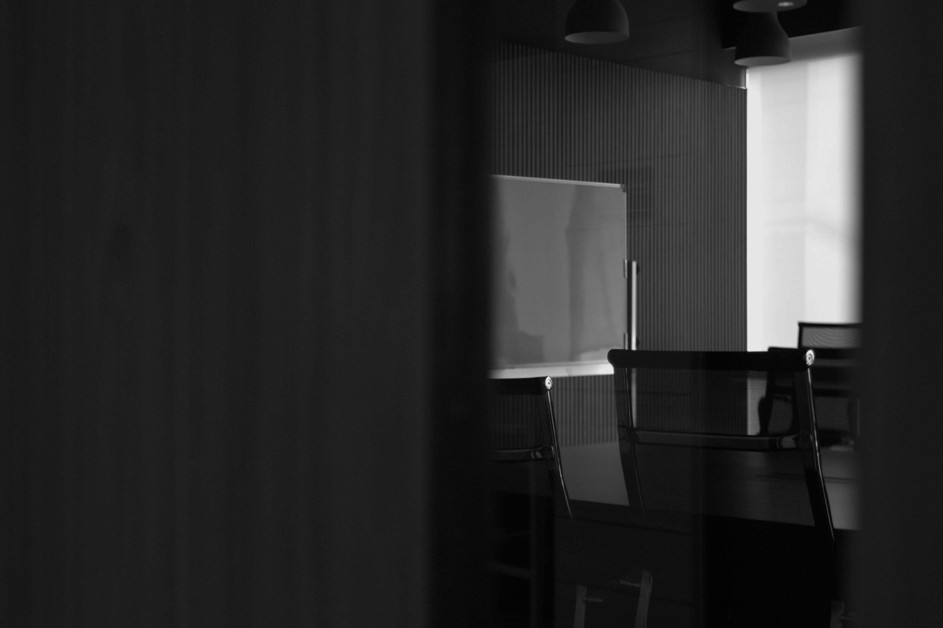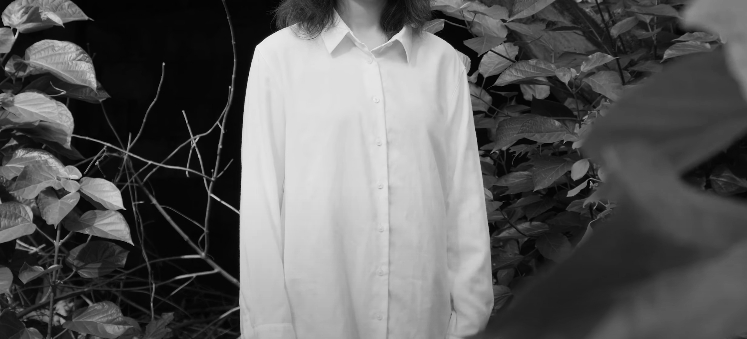Ink, Needles, and What It Means to Be “Professional” as a Woman
When “professional” is judged by appearances, tattooed women are asked to prove competence twice.
Politics, porn, stock brokerage, industries long dominated by men. Add woodworking, sports, and tattooing, and the pattern holds. But tattoos might tell a different story. We see women wearing them and women making them. The question is: do workplaces and the industry see them as equals, or through a biased lens?

A Growing Canvas
Tattoos have gone mainstream, art on skin, memory in ink. Yet in offices and boardrooms, acceptance lags. For women, visible tattoos can still be read as distractions rather than designs, a challenge that shadows hiring, promotion, and how competence is perceived. The bias feels outdated, but its impact is real: skills and experience too often compete with snap judgments about appearance.
Between Ink and Expectation
In the Philippines, the story is layered. Indigenous tattoo traditions once signified honor and identity; centuries later, colonial and conservative norms recast ink as deviance. For women, that label stuck, colliding with modern standards of “respectability.”
Many learn the choreography of concealment: long sleeves for meetings, makeup for interviews. Others choose placement and style strategically, small, discreet, “professional.” These are intelligent adaptations, but they also mute parts of the self.
Professionalism should be measured by integrity and work, not by whether the skin that does the work is marked.
The Weight of “Professional”
“Professional” still too often means “clean,” “polished,” “unmarked.” In workplaces that cling to rigid standards, tattoos become a liability, especially for women. Whispered warnings not to show ink to clients, lingering stares in meetings, the silent calculus of who looks “safe” enough for the room.
When appearance becomes a proxy for ability, women with tattoos carry an extra burden, asked to prove twice what others assume at a glance.
Cracks in the Stigma
Change is underway. The resurgence of indigenous tattoo heritage reframes ink as culture, not crime. Younger workers read tattoos as identity, not insubordination. Some companies are loosening dress codes and naming appearance bias for what it is, another gatekeeping tool.
Each visible tattoo on a manager, a founder, a public servant chips at the myth that ink and professionalism can’t coexist.

Toward an Inclusive Future
If tattoos are stories, then every tattooed woman brings chapters worth hearing, milestones, grief, survival, style. Too often, the story is dismissed before it’s told.
Inclusive workplaces can do better: update dress codes, name and train against appearance-based bias, and evaluate people by their work. Women with tattoos aren’t asking for special treatment, just space to show up fully and do the job.
Professionalism isn’t skin-deep. Let the work speak louder than the ink.